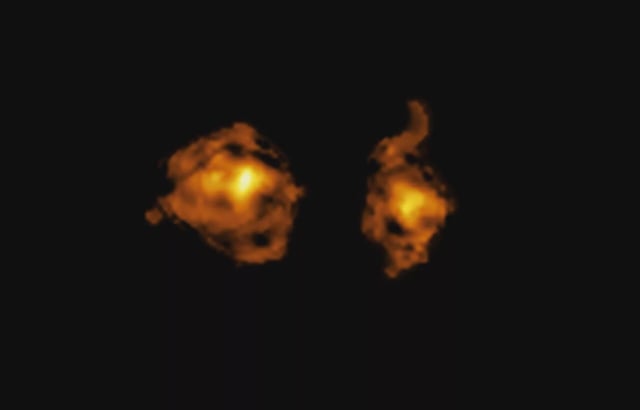Overview
- Researchers observed a 'cosmic joust' where a quasar’s radiation dispersed star-forming gas in a neighboring galaxy during a merger.
- This marks the first direct observation of quasar feedback on molecular gas, confirming long-held theories about galaxy evolution.
- The galaxies, located 11 billion light-years away, are merging at speeds of 1.8 million kilometers per hour, with one galaxy’s quasar acting as a destructive force.
- The quasar’s ultraviolet radiation, powered by a supermassive black hole, disrupts hydrogen clouds, preventing new stars from forming in the companion galaxy.
- The findings, enabled by four years of observations with the VLT and ALMA, provide critical insights into the role of quasars in shaping the early universe.

